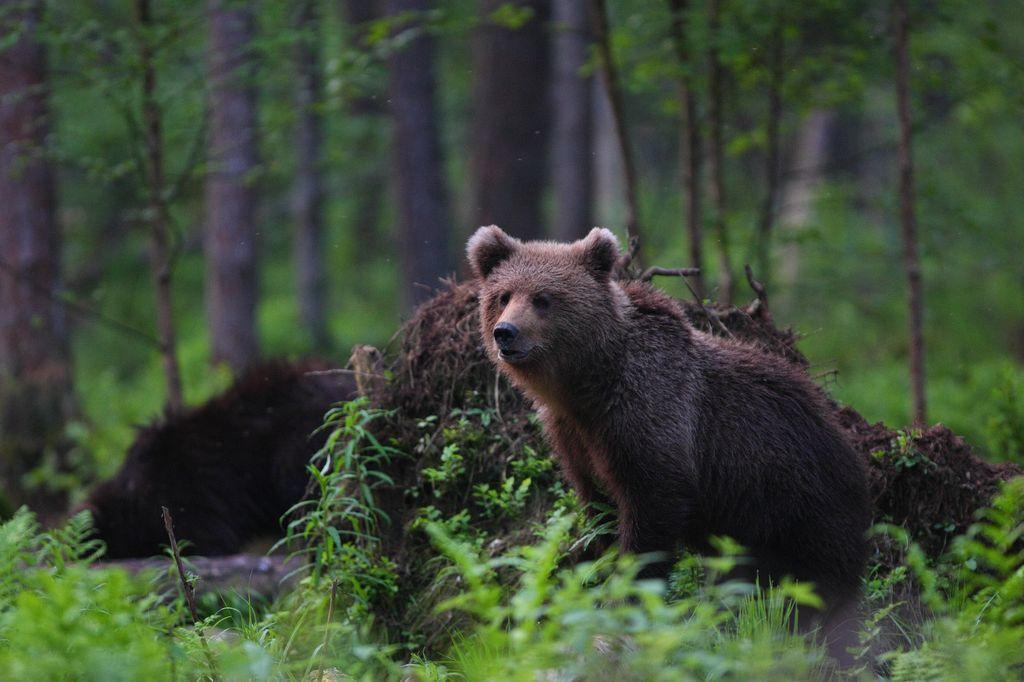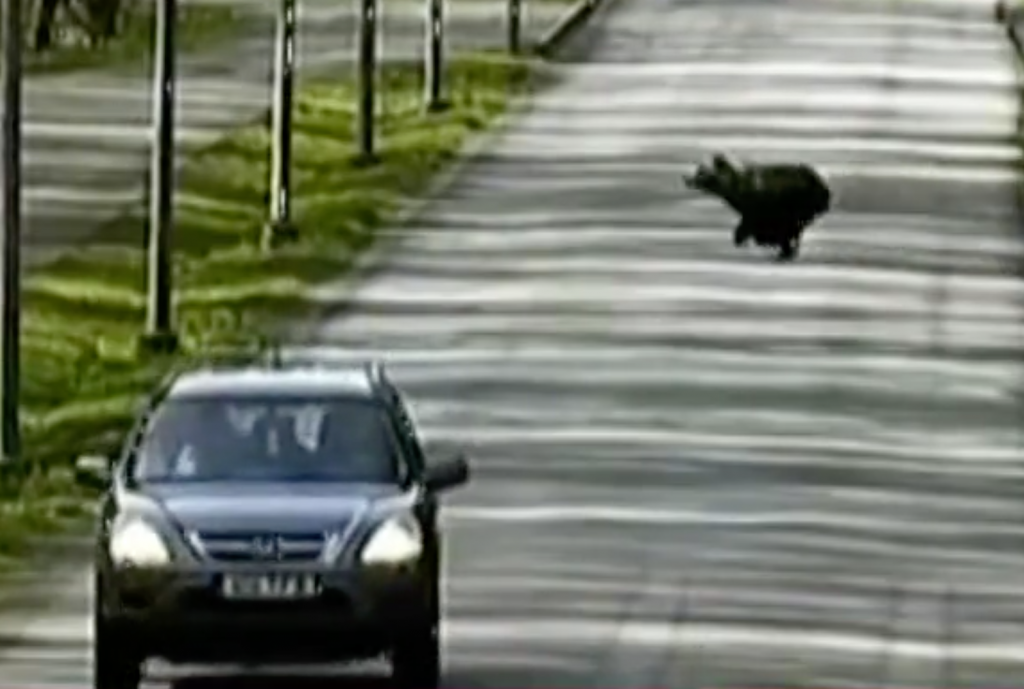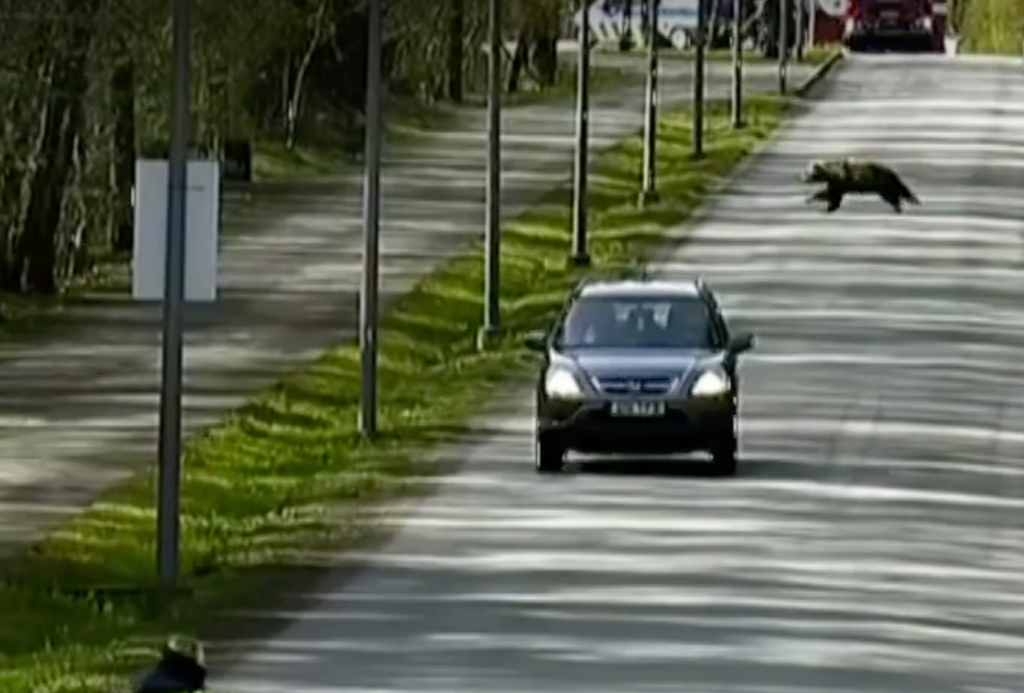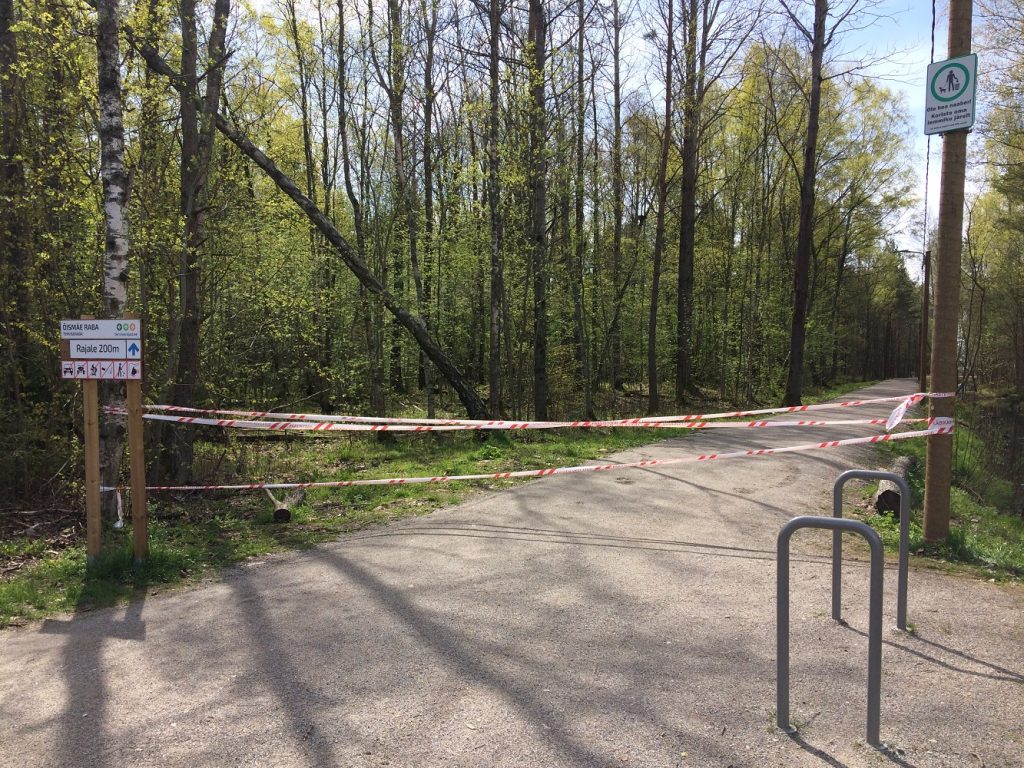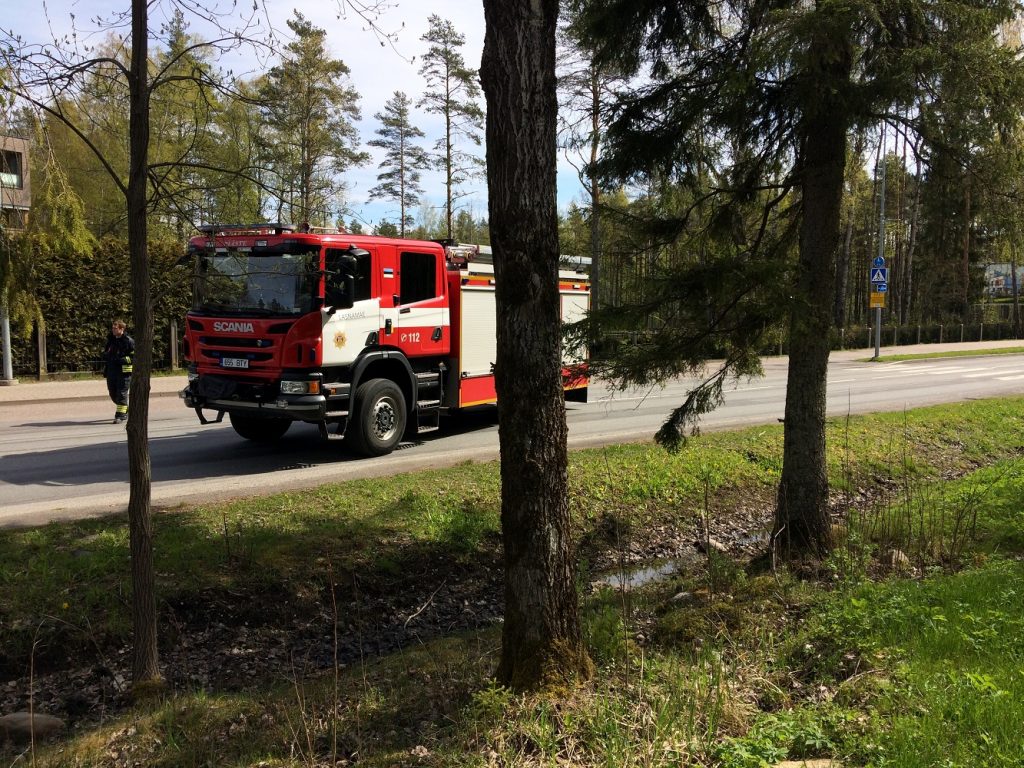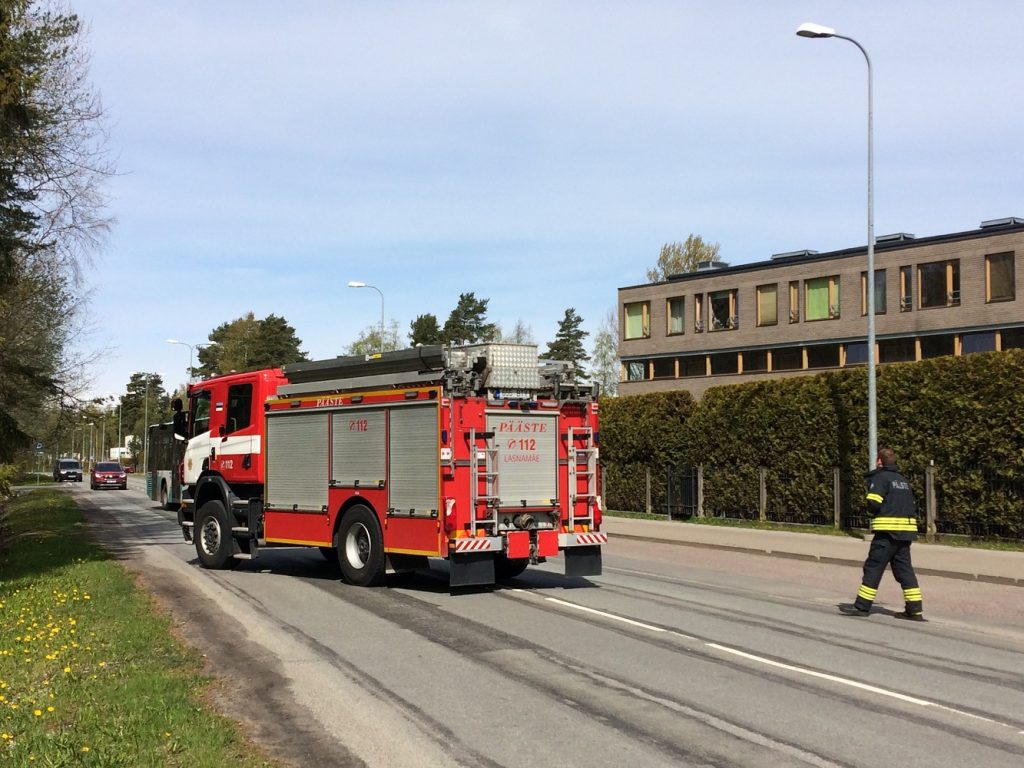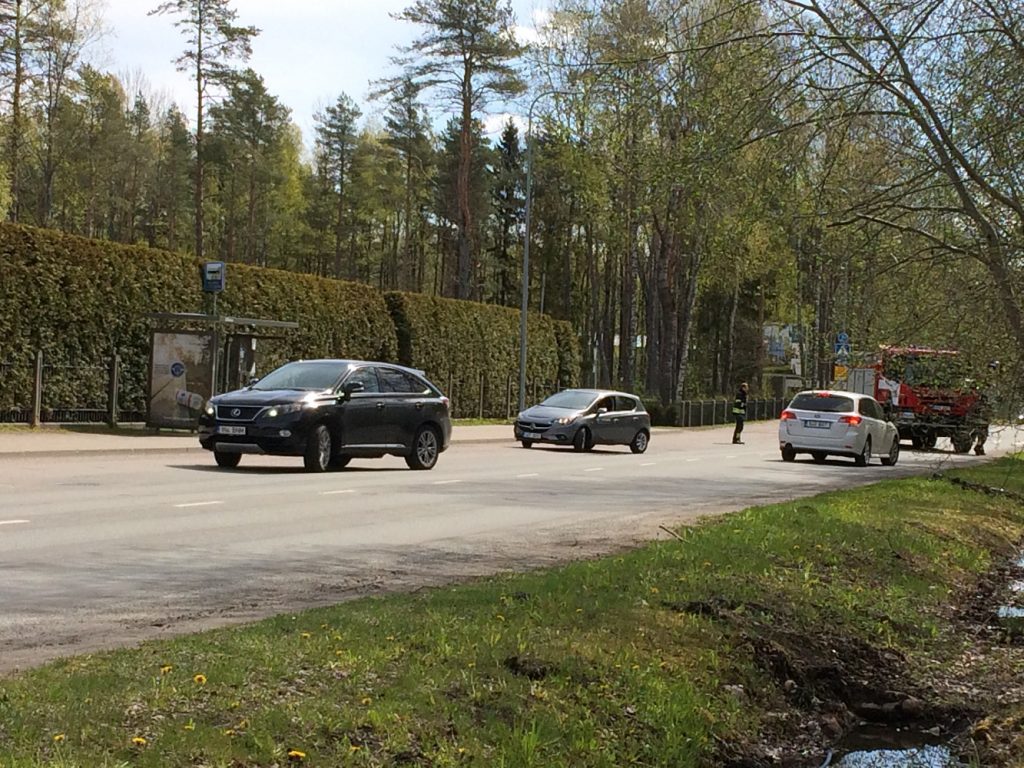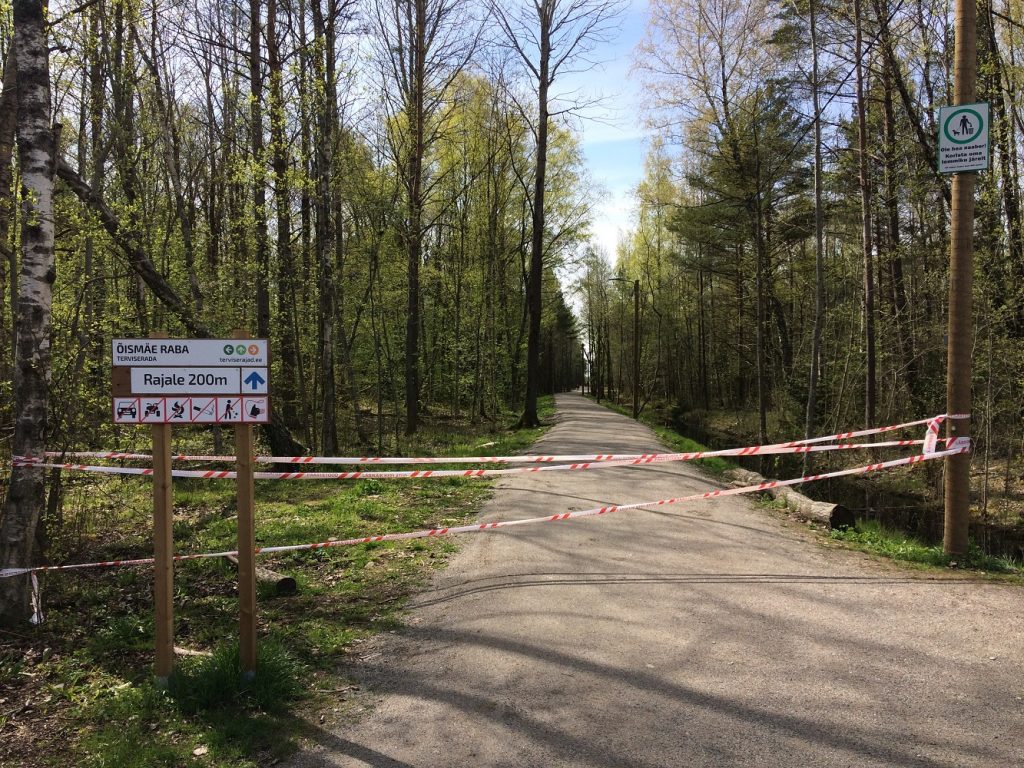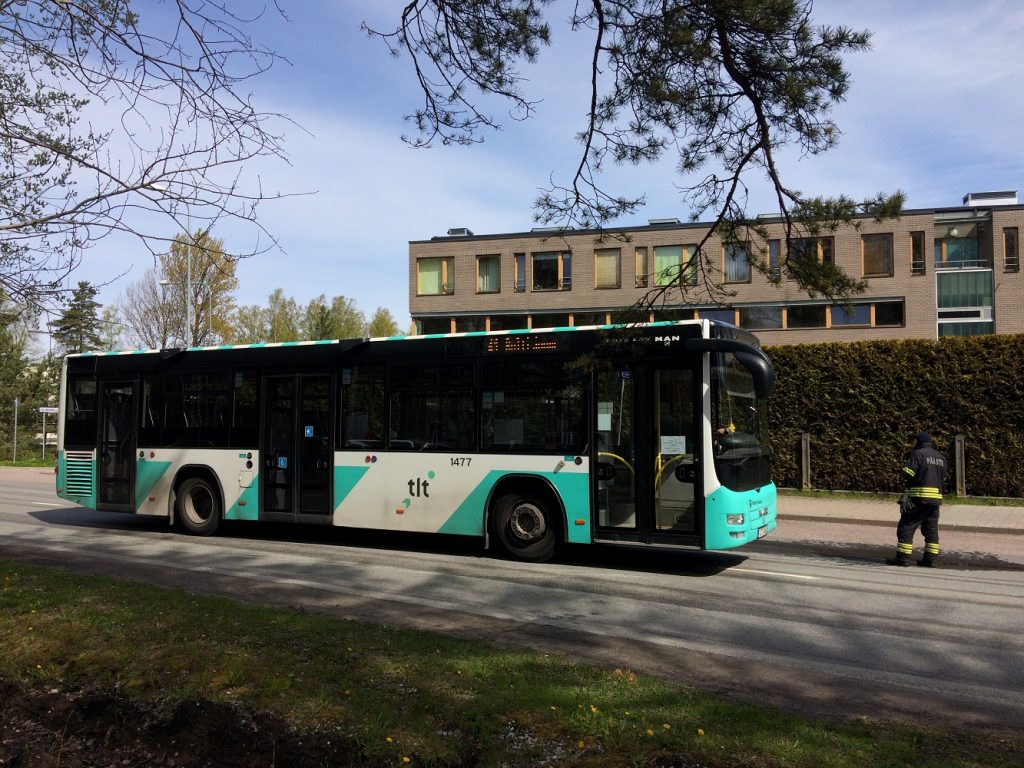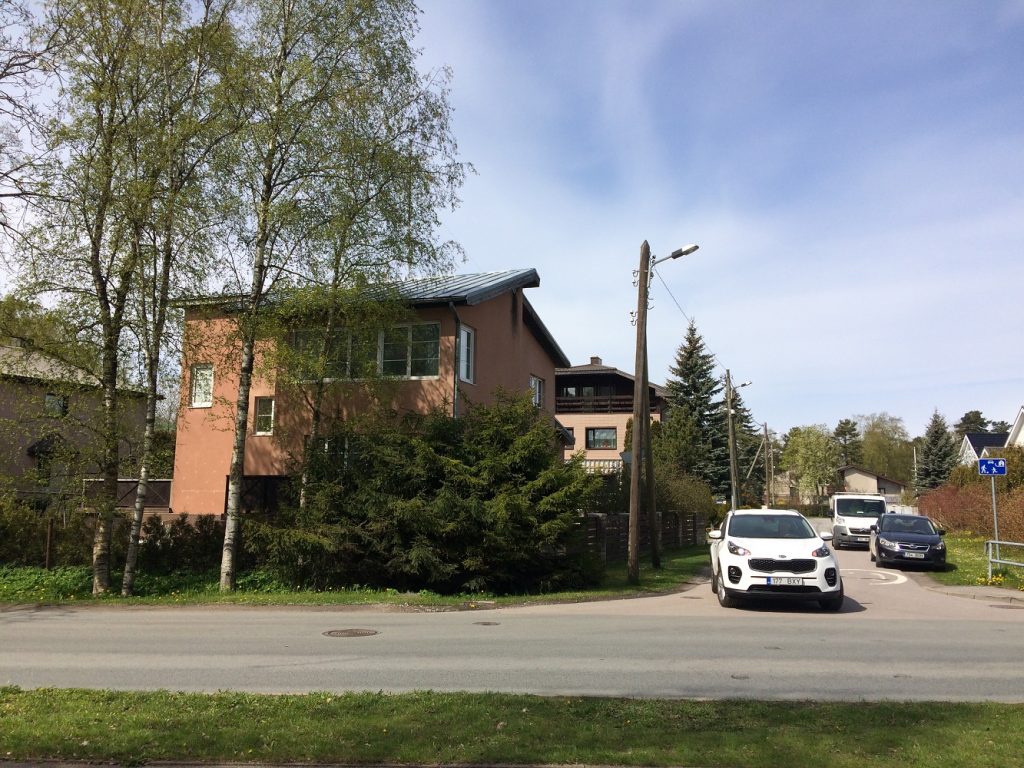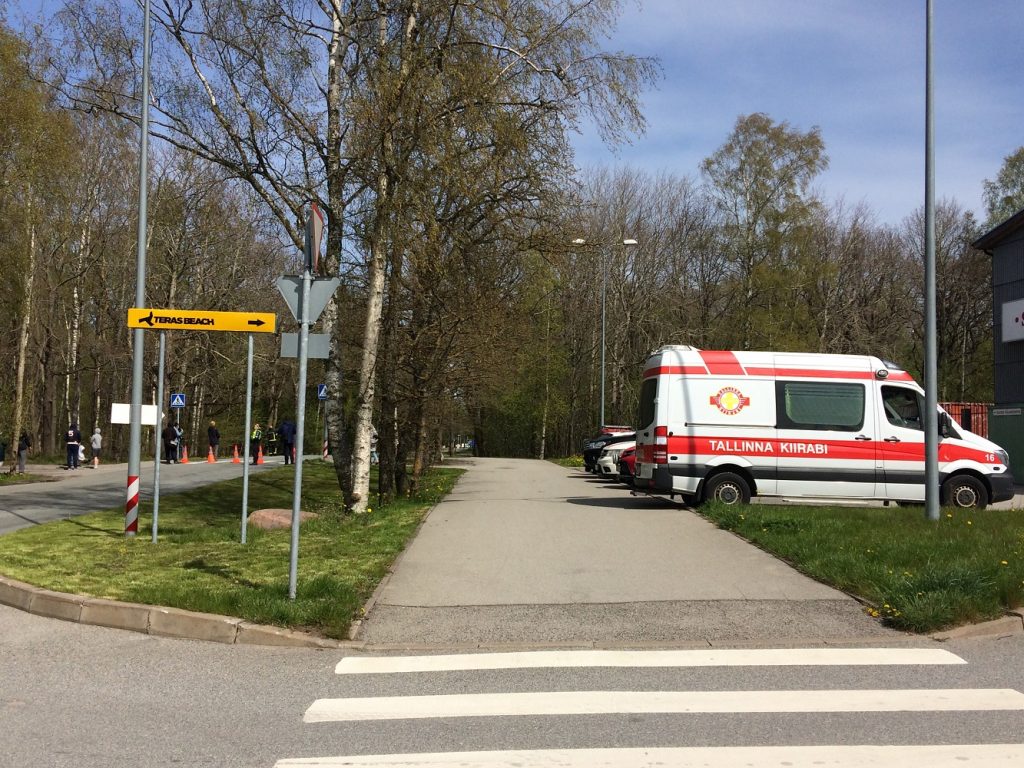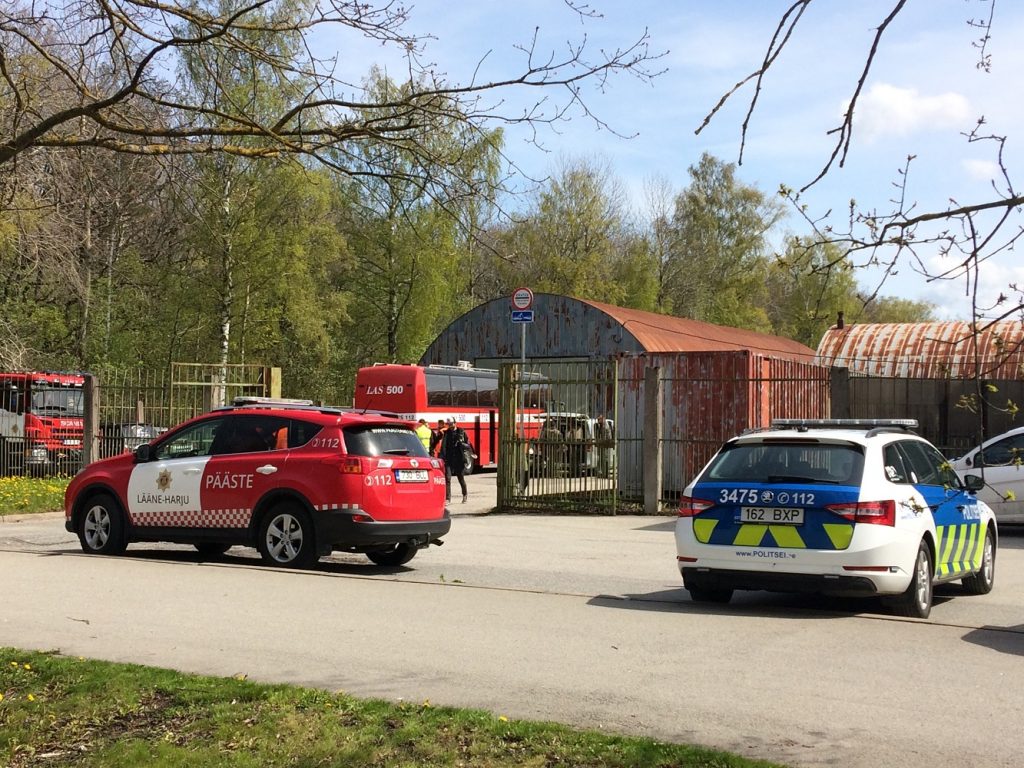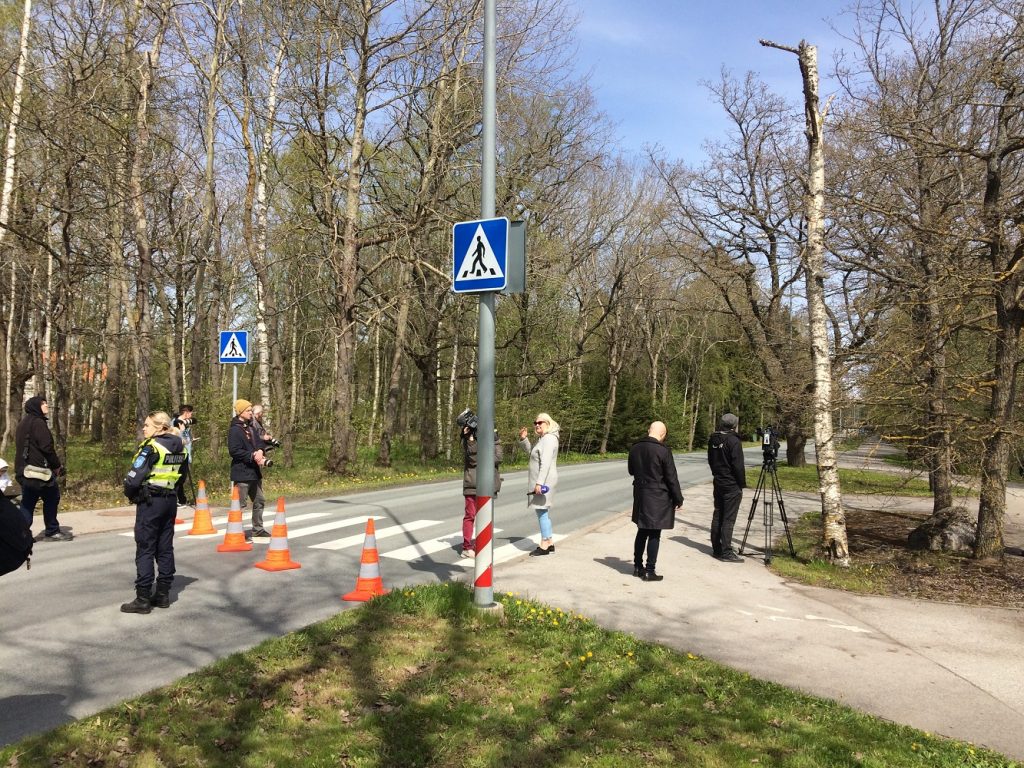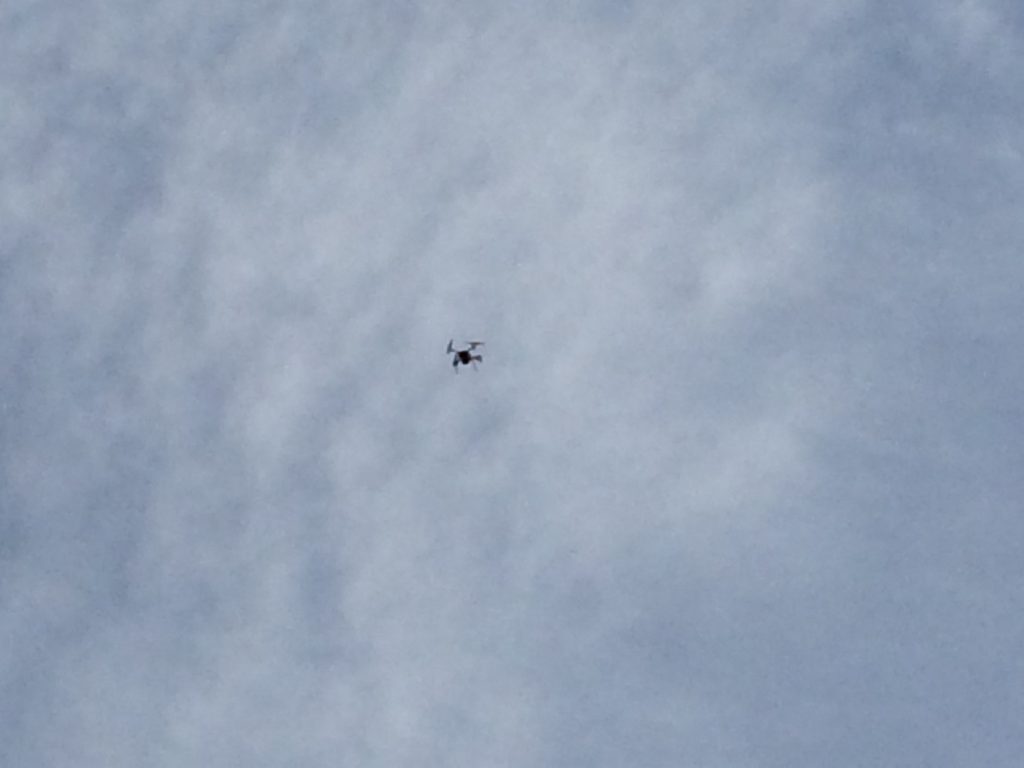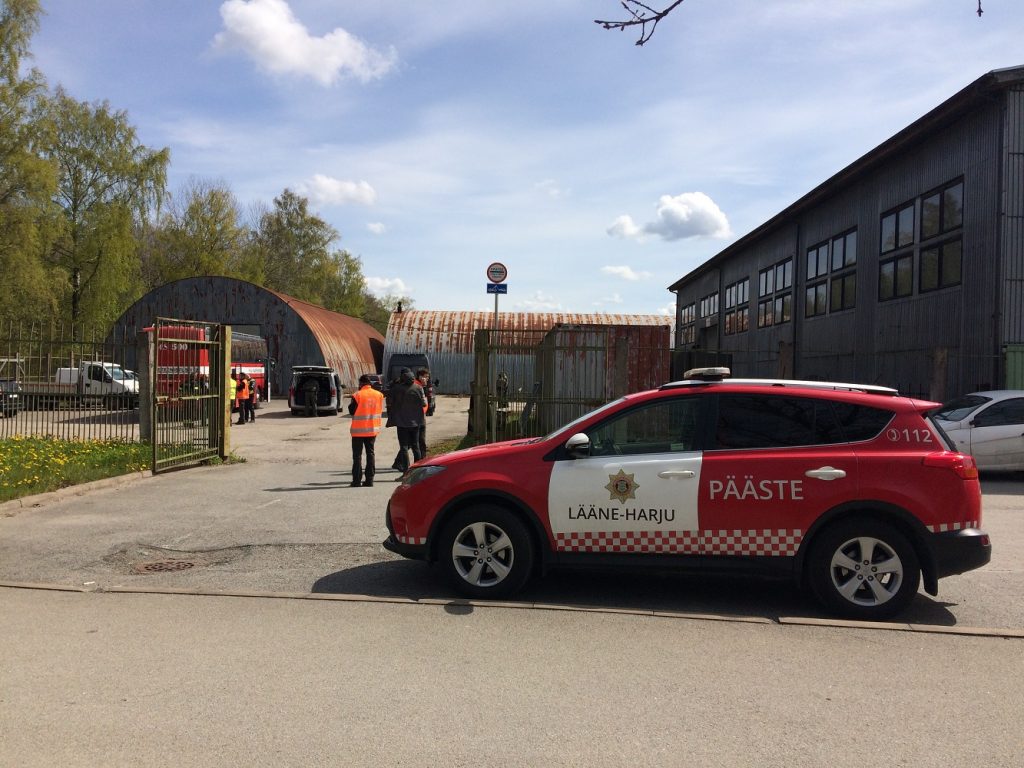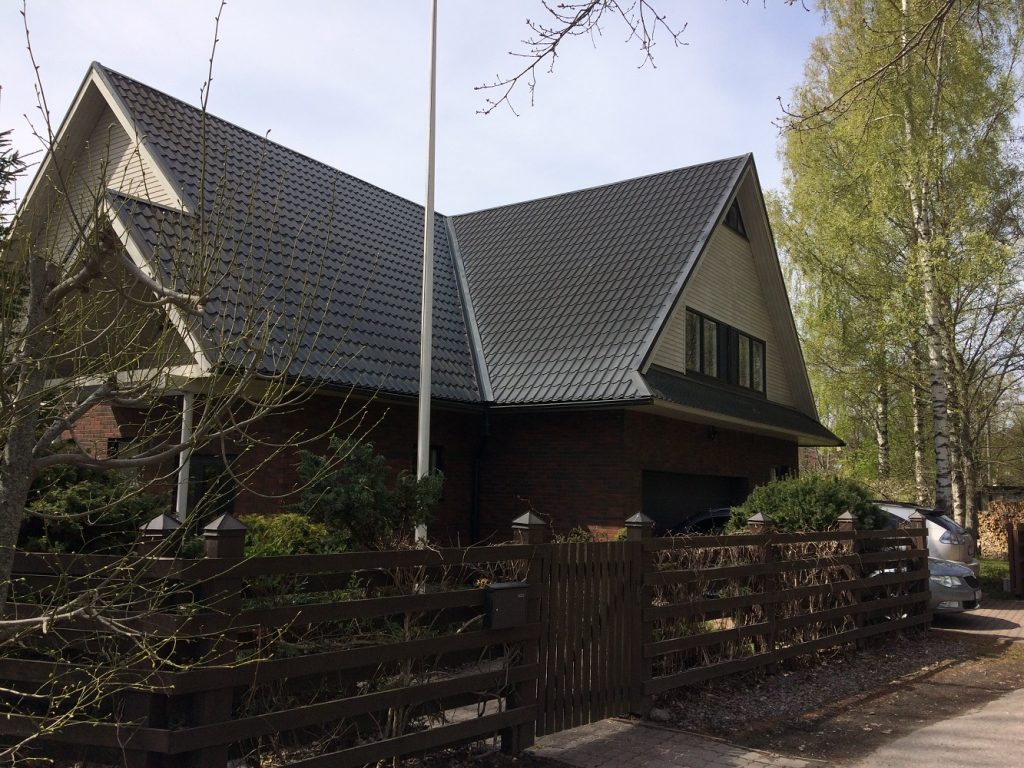On 14 May, the Estonian police warned that bears had been spotted in the western outskirts of the Estonian capital, Tallinn; despite an extensive search lasting all Thursday and again on Friday morning, the authorities failed to catch the bears and it is now thought the animals have moved away from the previous location in Rocca al Mare and left the city.
According to the Estonian police, in the morning of 14 May, bears were spotted on health trails in the Haabersti district of Tallinn, in the forested area near the Estonian Open Air Museum in Rocca al Mare. A local woman spotted a bear from about 20-metre (65 feet) distance. A CCTV camera of the Estonian Open Air Museum caught a bear crossing the road near the museum’s entrance.
The police and the Estonian Rescue Board cordoned off the health trails and blocked some roads in Rocca al Mare and assembled a team of hunters and other specialists in the area. The searching teams were also using drones equipped with thermal cameras and hunting dogs dogs. Their aim was to catch the bears, sedate them and safely move the animals back into wild.
A spokeswoman of the Estonian Rescue Board told Estonian World that a mother bear and her cub or two cubs were spotted in the area. She advised people in the surrounding residential communities to stay indoors, close their doors and windows and avoid close contact with the bears at any cost.
As of Thursday evening, the wandering bears were still loose and the search was suspended for the night. On the morning of 15 May, the rescue board said that the bears had most probably moved from the previous location during the night and probably found their way out of the city again. The police and the rescue board have asked people who notice the bears to report them immediately by calling 112.
Estonia is home to a population of approximately 700 brown bears and has the highest brown bear population density in Europe.
A specialist of the Estonian Environmental Agency told the country’s public broadcasting on 14 May that the bears currently wandering around probably came from the countryside around Keila or Padise and moved along the edge of the forest, finally reaching the western outskirts of Tallinn. The specialist added the bears could also return on their own.
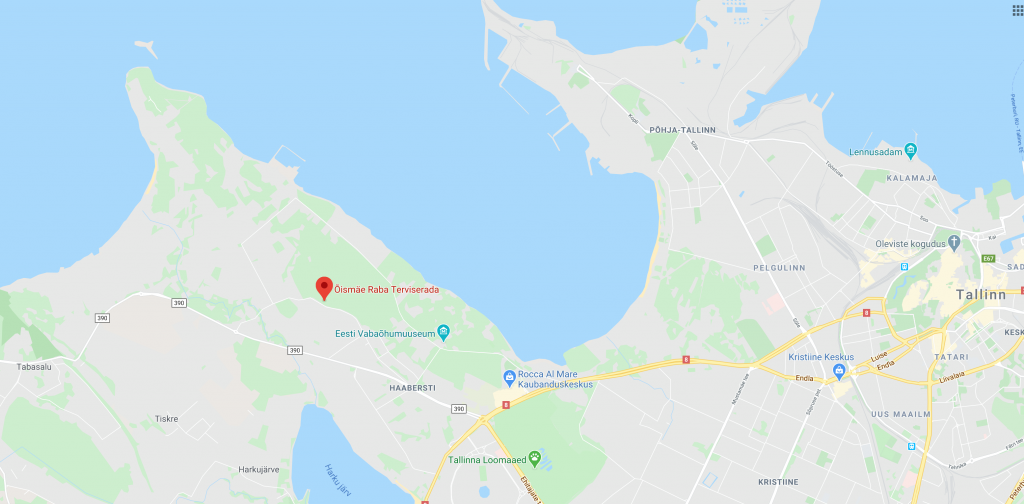
Haabersti is one of the eight administrative districts of Tallinn. Some areas of the district – such as Rocca al Mare and Kakumäe, are partly forested. Nevertheless, spotting bears in Tallinn is exceptionally rare event. The Tallinn Zoo is also located in Haabersti district, near Rocca al Mare.
Cover: A bear cub in Estonia. Photo by Remo Savisaar.

